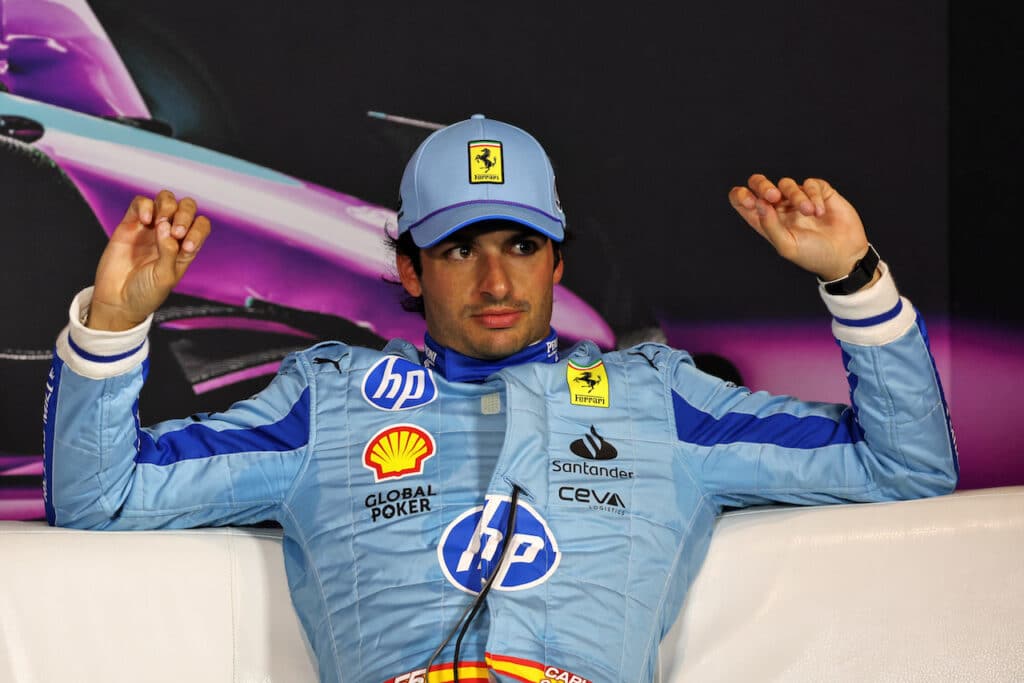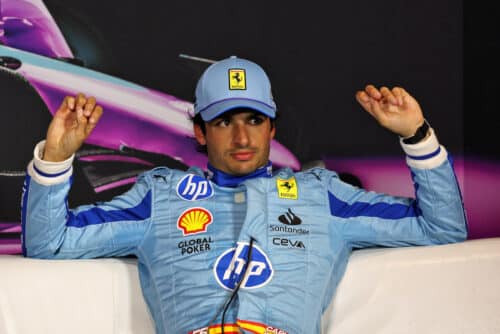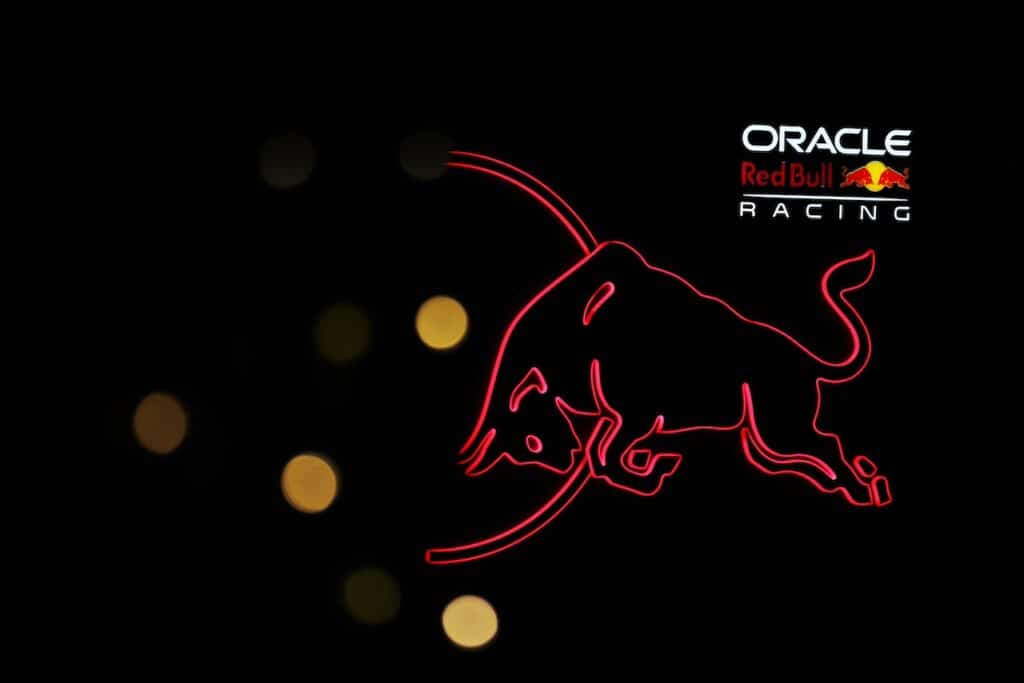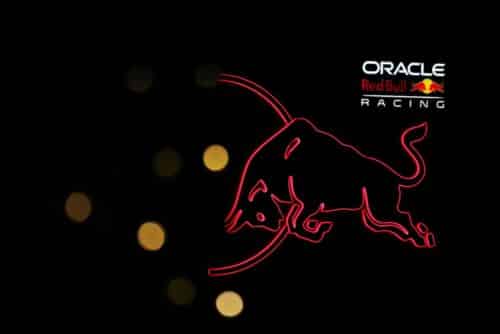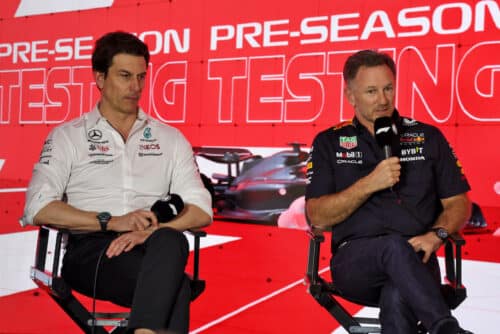The story of François Cevert – part one
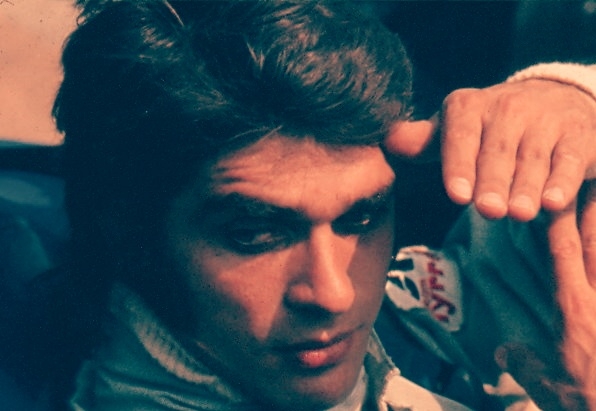
Speaking of beautiful and damned drivers, the figure of James Hunt immediately comes to mind, pure talent behind the wheel but a genius of recklessness outside the cockpit. Before him, however, comes a pilot who only shares the Englishman's charm; he possessed qualities that were completely out of the norm for the time: lover of classical music and good wine, piano player, good at flirting with various female celebrities, without ever going overboard.
The character we are talking about is Albert François Cevert. Born in Paris on 25 February 1944 to a Jewish father and a French mother, he inherited his surname from the latter to escape the terrible persecutions of the Nazi regime. Since his parents were jewelers and therefore wealthy, the young François, once the war was over, was provided with an excellent education which he would maintain throughout his career. As fate would have it, her older sister Jacqueline first became engaged and then married to Jean-Pierre Beltoise, a future driver in the top series. It will be thanks to his brother-in-law that he will begin his career as a pilot; in fact in 1964 François decided to enroll in a car driving course to learn the basics and thus be able to access important championships.
In the meantime he must do his utmost to find the money necessary to finance his passion, since his father is decidedly against his choice and would like him to work with him in the family business. With no "internal" funding arriving, his sister Jacqueline remains to support him, and she will become like a manager for him right from the start in the world of four wheels. In any case, Cevert had already begun to get noticed and in 1966 he received the prestigious award “Flying Shell”, which guarantees him a sponsored season in the French F3 championship with a vehicle already supplied, in this case a Renault-Alpine. After a year with little satisfaction Cevert finds an agreement for the 1968 vintage with the Tecno team, which will lead to the title. Amazed by the excellent results, the team promoted him in category, sending him to the much more competitive F2, in which the Frenchman demonstrated remarkable coolness and great driving skills, finishing the championship in 3rd place overall. It's 1969.
Cevert's 1970 season also opened with the Tecno team, but several Formula One teams had their eyes on him. One above all is Tyrrell, which will soon attract the twenty-six year old Frenchman to its side. The first reason why Ken Tyrrell's stable took the young man was due to the need to replace “Johnny” Servoz-Gavin, who had decided to retire for his own reasons. Second and more decisive reason was that none other than Sir Jackie Stewart, 1969 world champion with Tyrrell's Matra, was the one who indicated the Frenchman as the next Tyrrell driver. The decision was made after a direct clash on the track between the two riders XVIII London Trophy, on May 25th, in which the Frenchman had put the Scotsman in serious difficulty.
And so on 21 June 1970 Cevert boarded his first Formula One, the March-Tyrrell 701, for the Dutch Grand Prix, held on the Zandvoort circuit. Unfortunately for him the race ended on the 31st lap due to an engine failure. He then obtained an eleventh place in his home race, two seventh places in Great Britain and Germany and finally the first point of his career at the end of the Italian Grand Prix, finishing sixth. On the other hand, the car does not enjoy good reliability, so much so that it left him stranded on three other occasions after the Canadian weekend, where he finished ninth.
In the meantime the Frenchman has grown up and under Stewart's protective wing he receives constant advice; at the same pace is Tyrrell, which abandons the March chassis and begins to produce them itself: it seems to be the start of a great season. At least initially, however, this is not the case: Cevert retires due to an accident in South Africa, a Kyalami, while in Spain it is seventh; two further retirements due to accidents at the Monaco and Dutch Grands Prix relegated him further and further to the bottom of the standings. But the Frenchman remains very calm, understands his mistakes and changes his mentality, adapting to the same car that Stewart was leading to success on various occasions during that season. On 4 July, in the French GP, his homeland, he took second place behind his unattainable teammate, completing a nice one-two after starting from seventh place. After a less than sensational weekend at Silverstone (10th place), the handsome Frenchman returns to the podium and scores his second double of the season, beating the two Ferrari drivers Regazzoni and Andretti and recording the fastest lap in the race. At the Austrian Grand Prix Stewart could become world champion but the Ford engine will stop him, as also happens to Cevert. In this way the closest pursuer, Ronnie Peterson, would have a chance to keep the fight for the championship alive. But the Swede doesn't score points (8th) and Tyrrell can finally celebrate the coveted title, thanks in part to Cevert himself for the excellent work done as a wingman.
However, there are three more races left before the end of the season and for François it is the right opportunity to show off his full potential: on 5 September in Monza he came third, in Canada he finished in the points again thanks to sixth place. The last race is therefore missing, that of the United States, which is held at the Watkins Glen circuit; It's October 3rd.
After a good battle at the start with Hulme, Cevert had the upper hand and followed his teammate, who let him pass on the 14th lap, finding himself in difficulty with the tyres. The Frenchman copes well with the pressure of his opponents and doesn't let himself be intimidated even by Jacky Ickx, who comes dangerously close with his Ferrari 312 B and then has to give up due to a breakdown. From the pits they report the considerable advantage (32''), but not the oil left earlier by Ickx's car: on the first pass the Tyrrell skids but the driver skillfully keeps it on the track. Despite the further difficulty in managing the Goodyear tyres, Cevert managed to win his first race in the Formula One world championship and bring the French flag back to the top step of the podium after 12 years. And Jackie Stewart sees in him much more than just a teammate: an heir to whom he is passing on all his automotive knowledge.
Keep it going…
Andrea Villa
if you want to always be updated on our news
Follow us here
